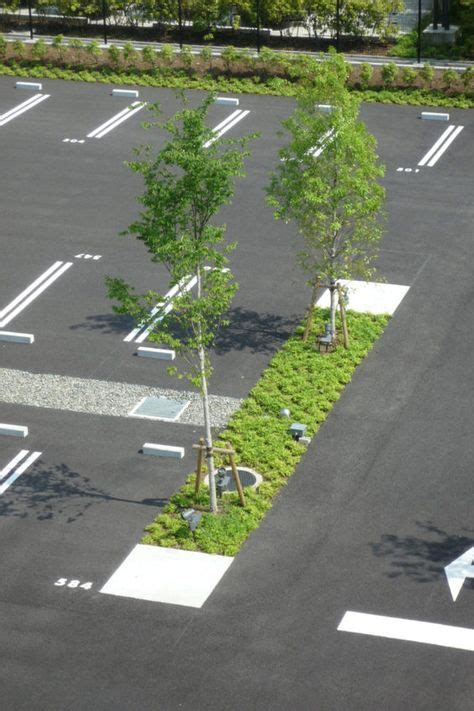Parking Lot: Budget-Friendly Design Ideas
Creating a functional and safe parking lot doesn't have to break the bank. With smart planning and creative solutions, you can design a budget-friendly parking lot that meets your needs without compromising on quality or safety. This guide explores practical, cost-effective strategies for designing your parking area.
How Much Does a Parking Lot Cost?
The cost of a parking lot varies significantly based on several factors: size, location, site preparation needs (grading, drainage), paving material selection (asphalt vs. concrete), lighting, striping, and landscaping. A small asphalt lot might cost a few thousand dollars, while a large concrete lot with extensive infrastructure could reach hundreds of thousands. Therefore, detailed budgeting and cost estimation are crucial at the outset.
Choosing the Right Paving Material: Asphalt vs. Concrete
The choice between asphalt and concrete significantly impacts your budget. Asphalt is generally less expensive upfront than concrete, making it a popular choice for budget-conscious projects. However, asphalt has a shorter lifespan and requires more frequent maintenance. Concrete, while more expensive initially, boasts a longer lifespan and requires less frequent repairs, potentially saving money in the long run. Consider the expected lifespan of the parking lot and the long-term maintenance costs when making this decision.
Optimizing Parking Lot Layout for Maximum Space Utilization
Efficient space utilization is key to saving money. Proper planning can minimize the area needed for parking, reducing the overall material and labor costs. Consider:
- Angle Parking: This often allows for more parking spaces within the same area compared to perpendicular parking. However, it might require wider driving aisles.
- Compact Parking Spaces: While adhering to local regulations, slightly reducing the size of individual parking spaces (within safety guidelines) can increase the number of spaces available.
- Minimize Aisles: Strategic planning can minimize the amount of space devoted to driving aisles while maintaining adequate turning radii and maneuvering space.
Landscaping: Budget-Friendly Greenery Solutions
Landscaping can enhance the aesthetics and functionality of your parking lot. However, extensive landscaping can be costly. Budget-friendly options include:
- Native Plants: Opt for native plants that require less maintenance and are adapted to the local climate.
- Rain Gardens: These can manage stormwater runoff, reducing the need for expensive drainage systems. They also add an attractive visual element.
- Simple Ground Cover: Instead of elaborate plantings, consider hardy ground cover plants to prevent erosion and enhance the visual appeal.
Lighting: Energy-Efficient Options
Proper lighting is vital for safety and security. Investing in energy-efficient lighting solutions like LED lights significantly reduces long-term energy costs. LEDs have a longer lifespan, requiring fewer replacements, which further cuts down on expenses.
Utilizing Existing Infrastructure: Cost Savings Potential
Assess existing infrastructure on the site before starting from scratch. Can any existing features be repurposed or integrated into the new parking lot design? This could significantly reduce costs.
DIY vs. Professional Installation: Weighing the Pros and Cons
For smaller projects, a DIY approach might seem tempting. However, professional installation often guarantees a higher-quality, longer-lasting result, potentially saving money on costly repairs down the line. Weigh the costs and benefits of DIY versus professional installation based on your project's scale and your own skill set.
What are the common mistakes to avoid when designing a parking lot?
Common mistakes include inadequate planning (leading to insufficient space or poor traffic flow), neglecting drainage (resulting in water damage and safety hazards), skimping on lighting (compromising safety and security), and choosing inappropriate paving materials for the climate and expected traffic volume.
How can I make my parking lot more sustainable?
Sustainability can be incorporated through permeable paving to allow rainwater infiltration, the use of recycled materials in construction, energy-efficient lighting, and drought-tolerant landscaping.
What are some low-maintenance materials for a parking lot?
Asphalt and concrete are both relatively low-maintenance, but concrete is more durable and requires less frequent repairs in the long run. Consider sealcoating asphalt regularly to extend its lifespan.
By carefully considering these factors, you can create a safe, functional, and aesthetically pleasing parking lot without exceeding your budget. Remember that prioritizing efficient planning and choosing durable, cost-effective materials is key to achieving your goals.

